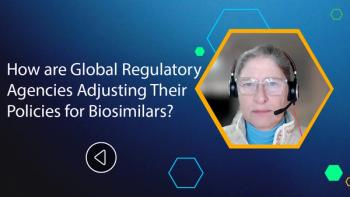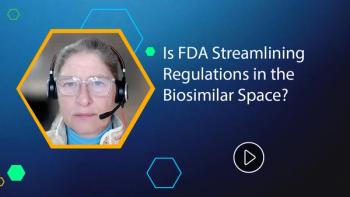
The Greatest Risks to Pharma from Tariffs
Lynlee Brown, partner at EY, discusses the impacts that the tariffs have across various regions.
Pharmaceutical Executive: Which tariff proposals pose the greatest risk to the industry?
Lynlee Brown: Clearly, what we have from a tariff and global trade policy perspective is a lot of uncertainty. That, in and of itself, might be one of the most dangerous elements to all industries, most particularly pharma. We’re thinking about what to do and figuring out where our IPs and tangible products are.
When we think about the here and the now, obviously for China there is the generic element. The level on tariffs on Chinese origin products is astronomical. We also have a 10% tariff on products from Europe, with a carve out for very specific pharmaceutical products. How long that will last is uncertain as well.
For North America, there are 25% tariffs on Canadian and Mexican imports, unless covered by US MCA. We have a significant number of life sciences companies that haven’t had to use that free-trade agreement. Now they need to flex that muscle.
Newsletter
Lead with insight with the Pharmaceutical Executive newsletter, featuring strategic analysis, leadership trends, and market intelligence for biopharma decision-makers.




